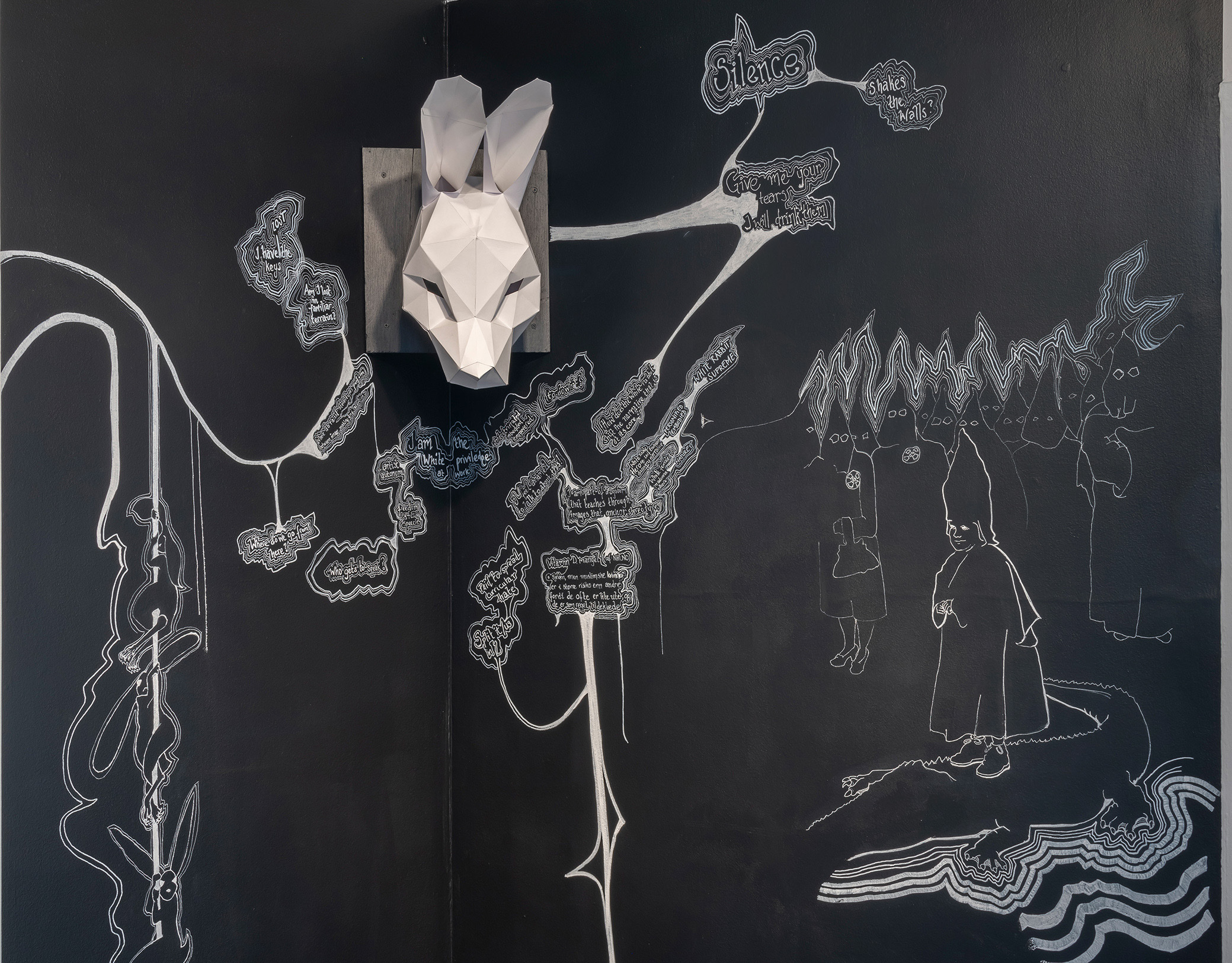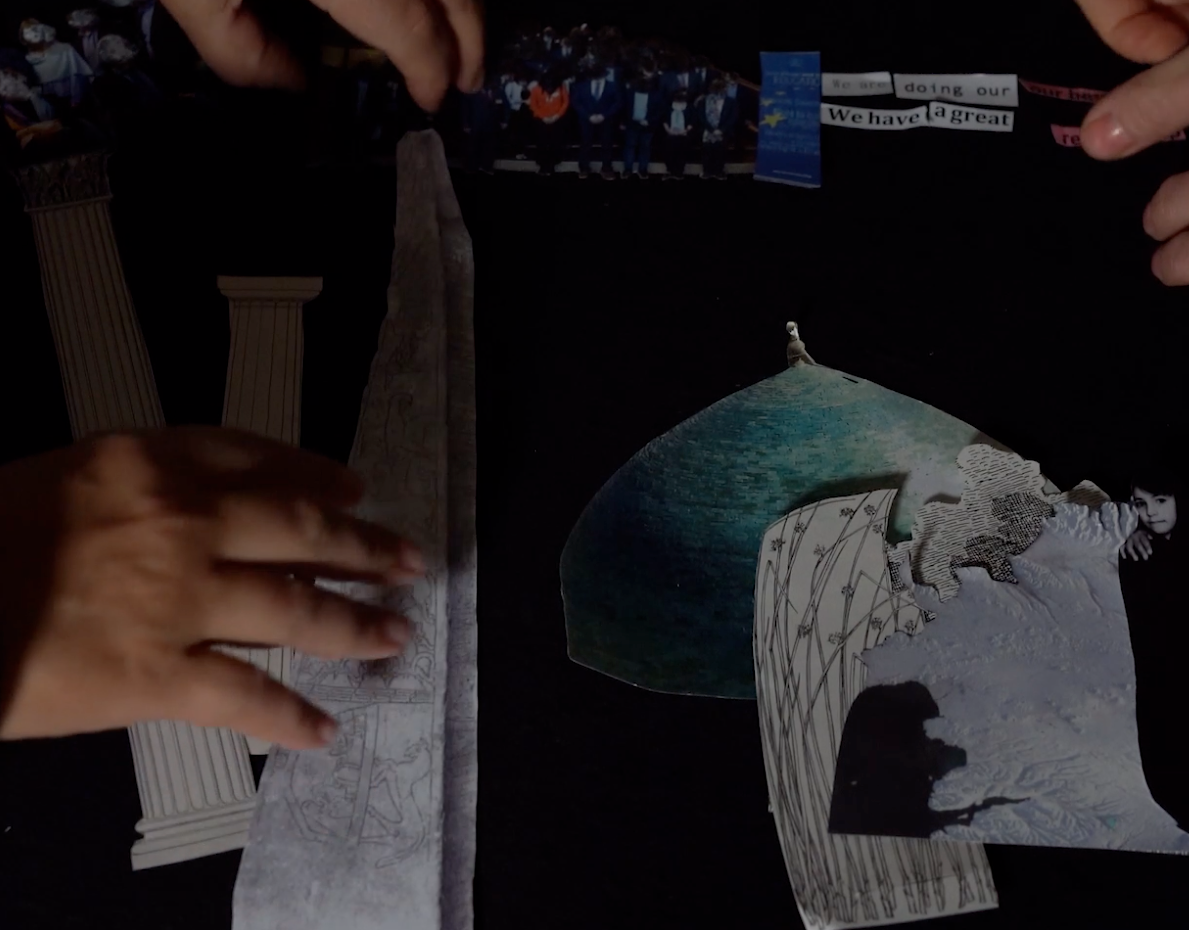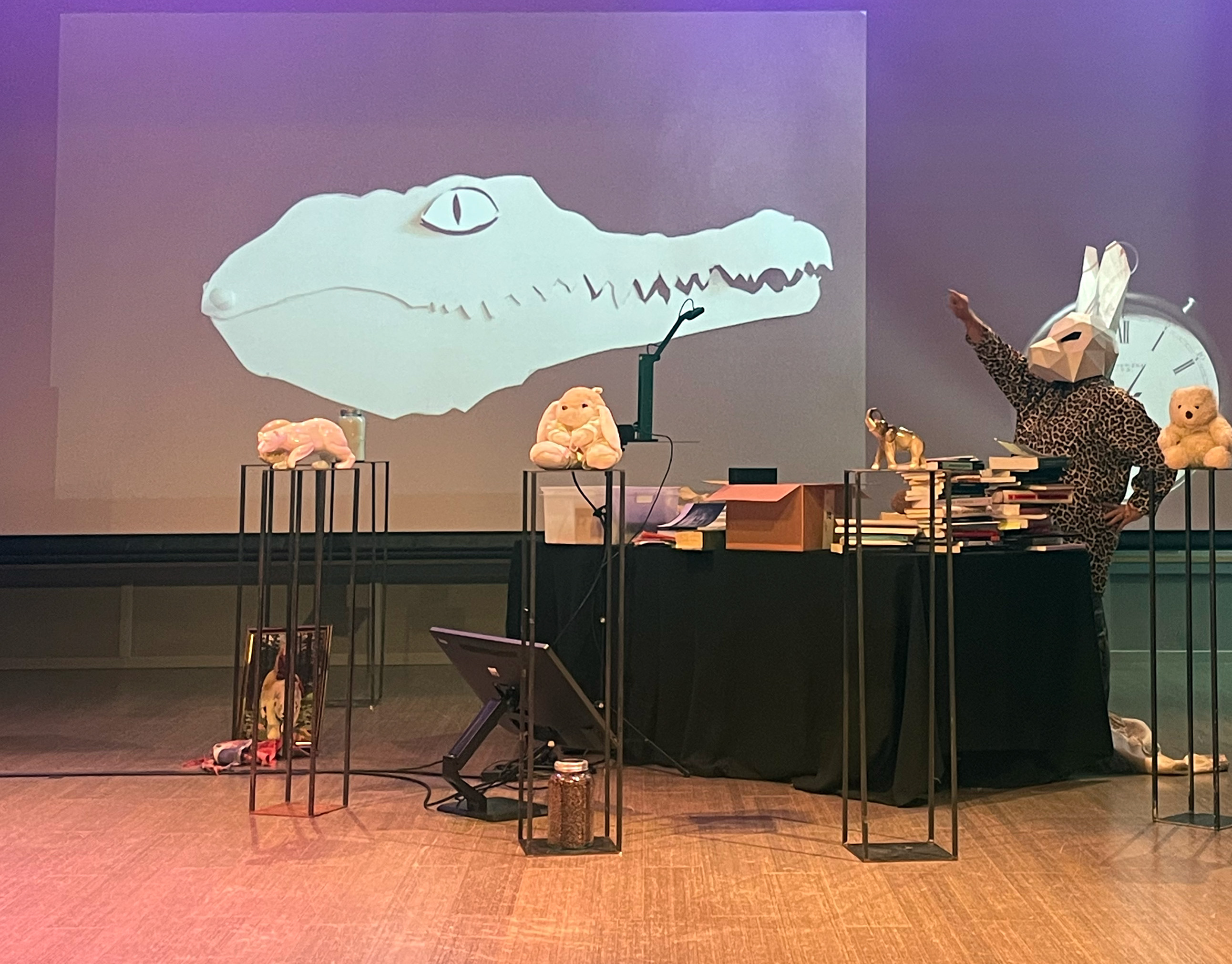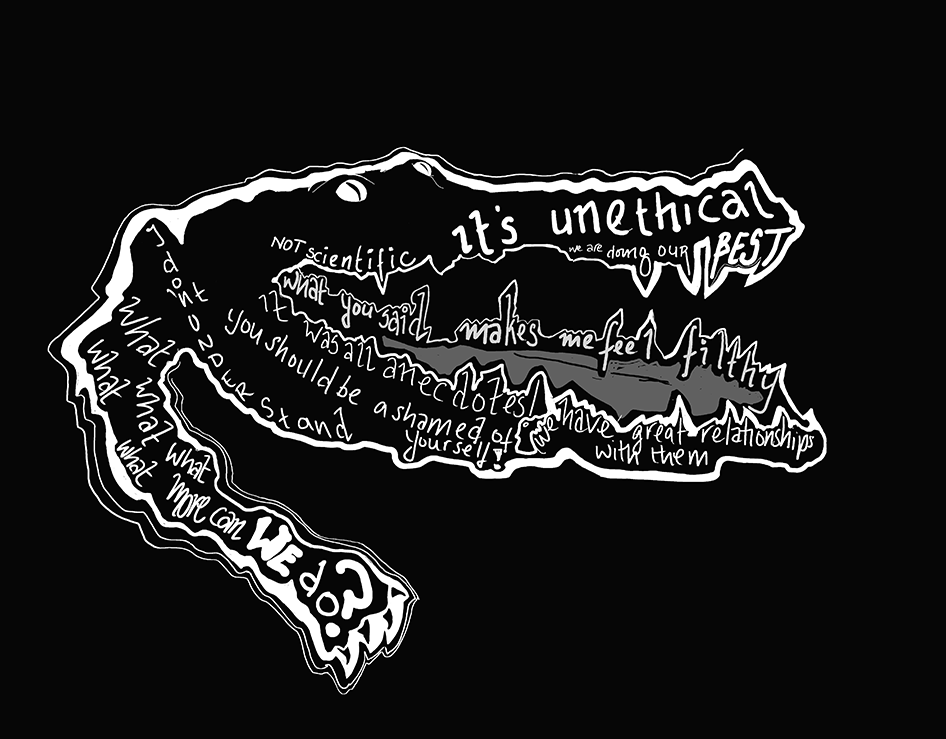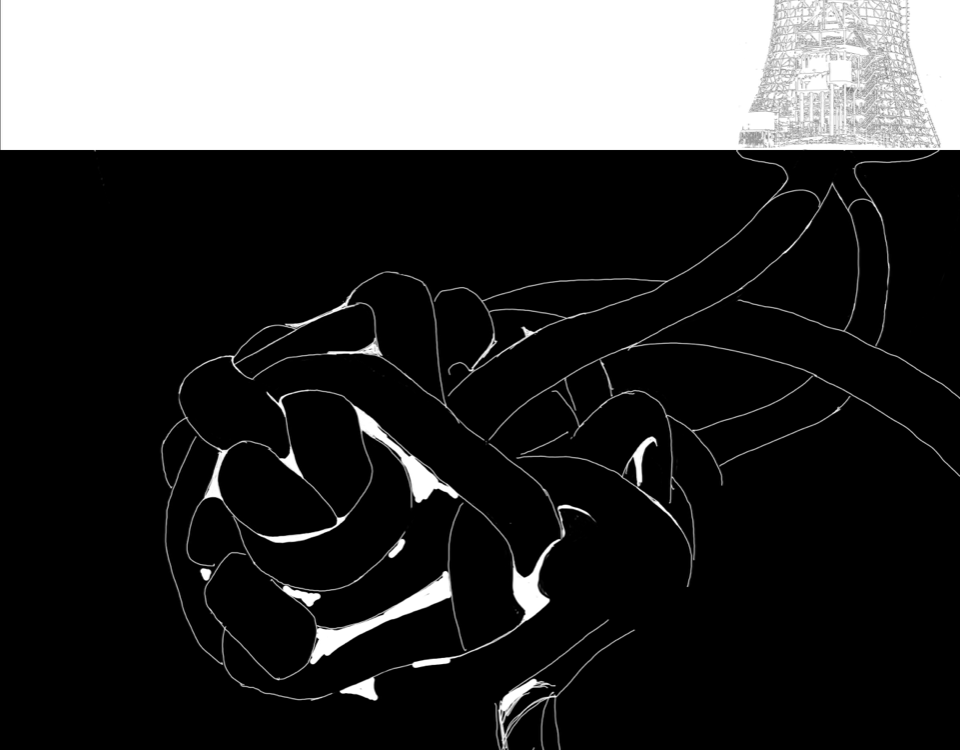Being White
This study explores the paradox of how the majority of Scandinavians denounce racism while reconciling themselves with the fact that it exists in their society.
Slavery broke the world in half, it broke it in every way. It broke Europe. It made them into something else, it made them slave masters, it made them crazy. You can’t do that for hundreds of years, and it does not take a toll. They had to dehumanise, not just the slaves but themselves. They have had to reconstruct everything in order to make that system appear true. (Toni Morrison in Gilroy, 1993. p.221)
I use image and text to discuss postcolonial and critical race theories whilst I am striving towards decoloniality through collective practices. I show how idea of the defunct concept of race is embedded and hidden within the White identity. As an artist I am guided by my visual work using it as an autoethnographical method, that compliments different styles of writing. Postcolonial and criitical whiteness theories are read through Karen Barad´s theory of agential realism (2007). In my project, I identiify how being white is a racialised and racialising identity; a relict of the enliightenment and the rise of modernism. Colonialism split the world into racial heirarchies and placed those paler skins of whiteness at the top. This position at the top of the hierarchy is upheld by strategies of normalisation of inequalities.
Structural racism is ultimately bound to individual identities who uphold white supremacy. My research describes and analyses how racism is played out in informal and institutional settings despite well meaning intentions of inclusion and diversity by the racialised majority.
I would like to consider this thesis a decolonising praxis, as an intervention in the context in which it is researched, supervised, and published. The form of the final 100% thesis itself can be seen as an insistence on the right to question what Biggs and Büchler (2010) identify as very different dissemination practices of artistic and academic communities. It is a thesis that bulges in every direction.
RESULTS
Two concepts emerge from the study in collaboration with the Solmaz Collective, Zahra Bayati and Gry Ulrichsen:
«safe ethical space» whereby seemingly incommensurable fields of art and science use ethical norms and protocols to exclude racialised voices from inclusion in the field".
“pluralist proximity” is the process in which individuals with different racialised backgrounds open the seemingly fixed racial categories to explore the making of stereotypes".
In Tenthaus collective, I paid close attention to how the individual arranges objects in what is described as micro-movements. Natural aesthetic preferences occurred that indicated differences in preference and ultimately led to dialogues between people of differing backgrouunds that challenged the idea of the artist as autonomous or exceptional. The catalogues from three exhibitions clearly show how pluralist proximity changes artistic outcomes.
